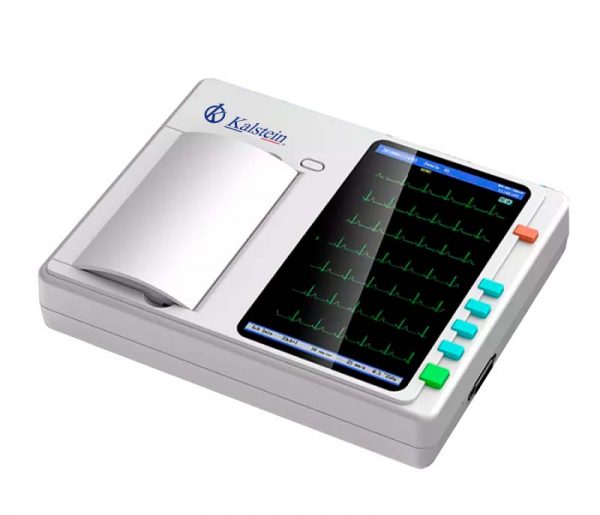Diabetes is considered a carbohydrate-related disease, but in recent years lipid changes associated with this condition have been described, which generate greater atherosclerosis and could overcome, in damage, the cellular effects of glucose.
Although small vessel disease is related to hyperglycemia, it is difficult to attribute large vessel disease to this phenomenon and glycemic control does not seem to improve cardiovascular disease. Treatments aimed at lowering cholesterol; especially statins, have a significant effect on cardiovascular event rates in patients with diabetes.
It has been shown that during the night, in a fasting state, insulin deficiency occurs, which increases blood glucose and triglyceride levels. Triglycerides are stored in different lipoprotein particles that alternate in cascades from chylomicrons to very low, intermediate, low (LDL) and high density lipoproteins (HDL).
Fasting and postprandial hypertriglyceridemia were associated with cardiovascular events and death; starvation and bariatric surgery significantly affect plasma lipids and the role of bile acids in cholesterol homeostasis is important.
Insulin action and effect of diacylglycerol
Insulin secretion depends on glucose; this hormone prevents postprandial hyperglycemia and also plays a role during fasting (when blood glucose is low); it also prevents the increase of free fatty acids, which stimulate insulin secretion by the beta cells of the pancreas; they favor oxygen consumption and increase the rate of extracellular acidification.
Insulin can store the excess calories in adipose tissue if nutrition is excessive; but subsequently fatty acids accumulate in liver and muscle; and promote insulin resistance (as well as beta-cell apoptosis). This phenomenon hinders fatty acid metabolism and excessive plasma levels of fatty acids induce hyperglycemia; which in turn inhibits beta-oxidation and fatty acids then tend to form triglycerides.
Diacylglycerol is a precursor of triglyceride synthesis metabolized by specific kinases; when its concentration is high and the activity of these kinases is low, the risk of insulin resistance and type 2 diabetes is higher. Excess nutrients in type 2 diabetes or obesity generate higher circulating levels of diacylglycerol and higher protein kinase C activity and, on the other hand, reduce adenosine-monophosphate-activated kinase activity. Metformin stimulates the latter enzyme, which is important in energy and lipid metabolism, and thus inhibits gluconeogenesis.
What is the medical significance of this?
Several years ago it was observed that in the transition between normoglycemia, prediabetes and diabetes, the free fatty acid profile is increasingly abnormal and that the use of inhibitors of the enzyme that synthesizes diacylglycerol from free fatty acids would be useful to improve insulin resistance in adipose tissue and systemic glucose metabolism, with reduction of body weight.
Cholesterol absorption is highly regulated (by transporters such as NPC1L1) and fatty acids stimulate the synthesis of apo-B100, which is modified to apo-B48 (a highly atherogenic particle that transports triglycerides and cholesterol to the liver) in the intestine.
Diabetes affects the metabolism of triglyceride-rich lipoproteins and makes them more atherogenic. Given that in states of hyperglycemia the production of free radicals increases, there is greater oxidation of LDL. In individuals with diabetes the antioxidant and beneficial effect of HDL would be lower.
Finally, it can be concluded that there is an interconnection between alterations in glycemia and dyslipidemia, and both disorders are potentiated, leading to the development of cardiovascular diseases.
That is why Kalstein offers you a new portable ECG monitor, a system that will help you prevent cardiovascular diseases and reduce your risks. So we invite you to take a look HERE

